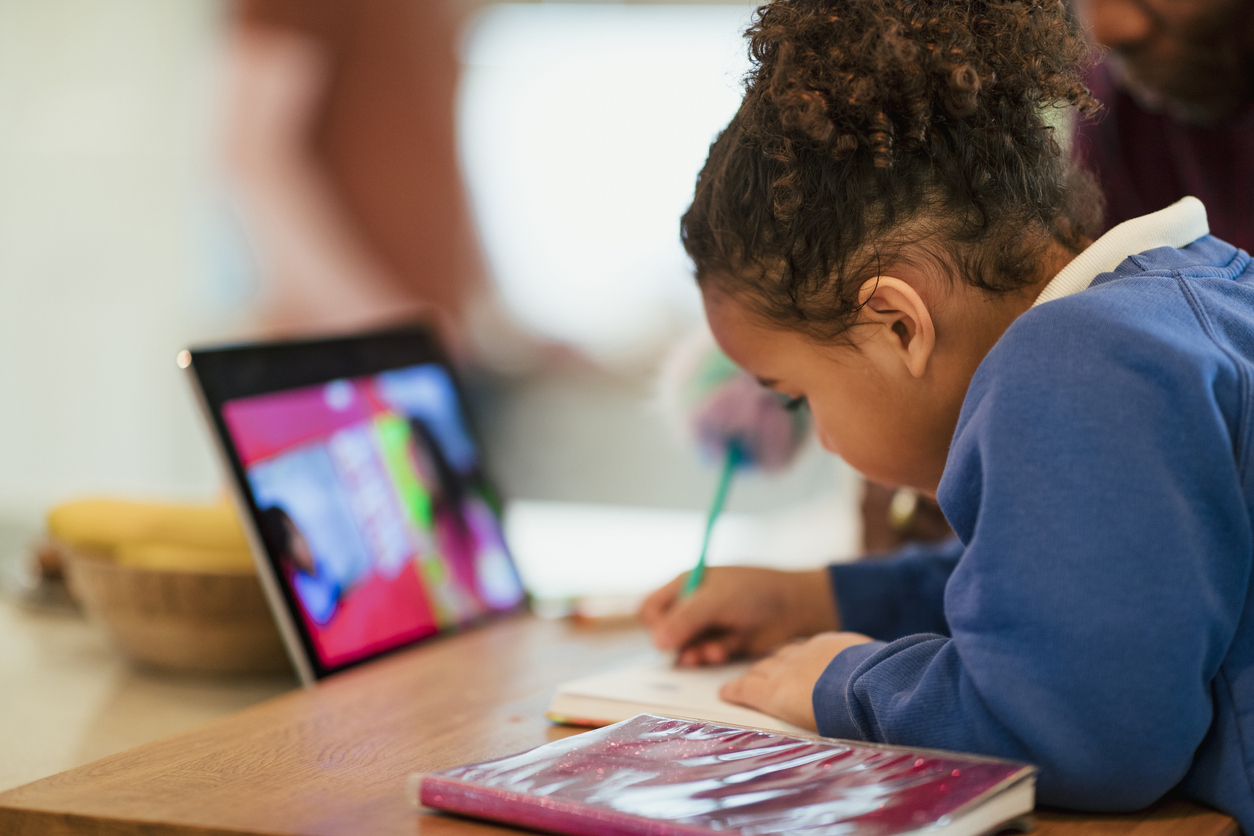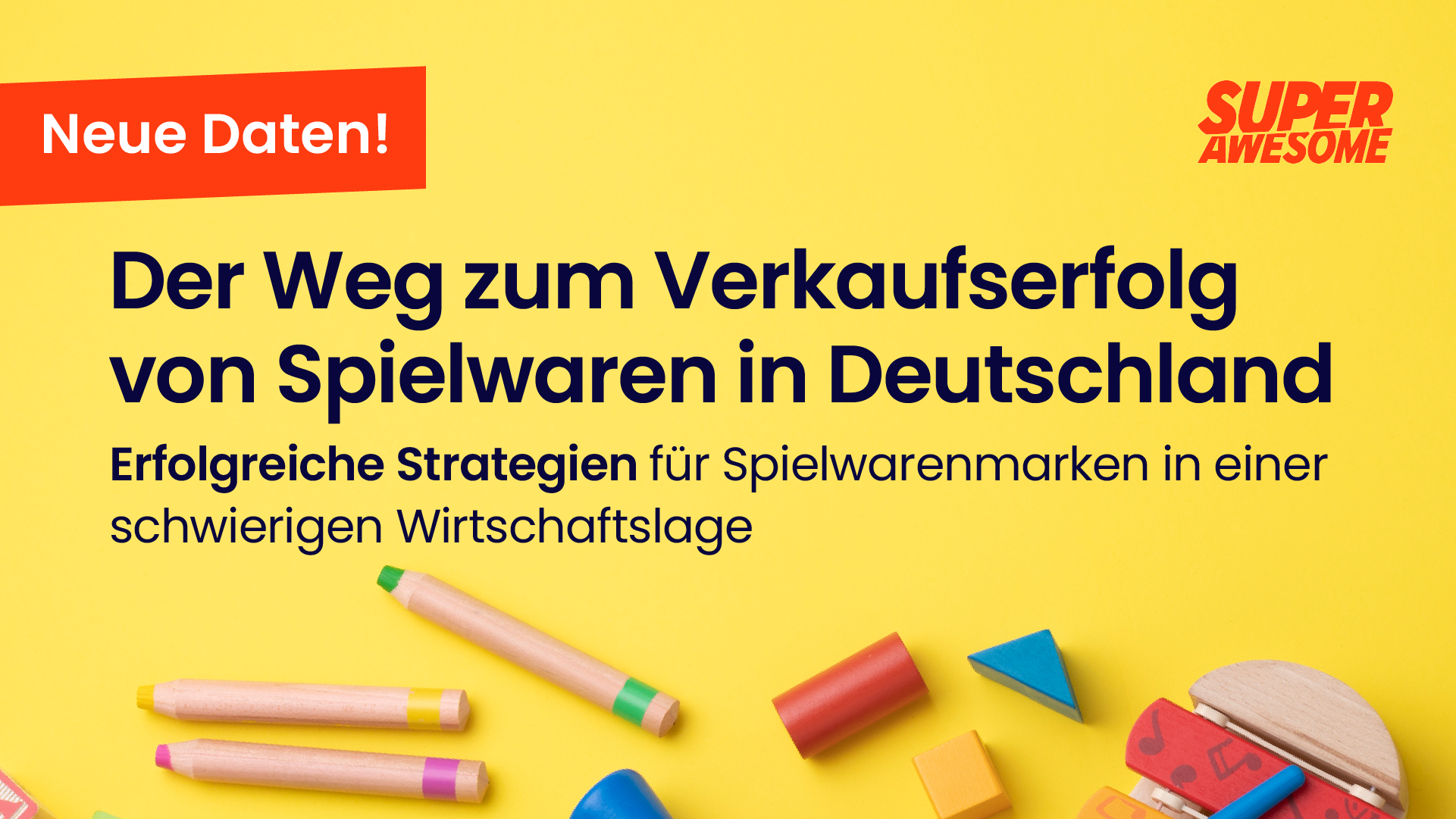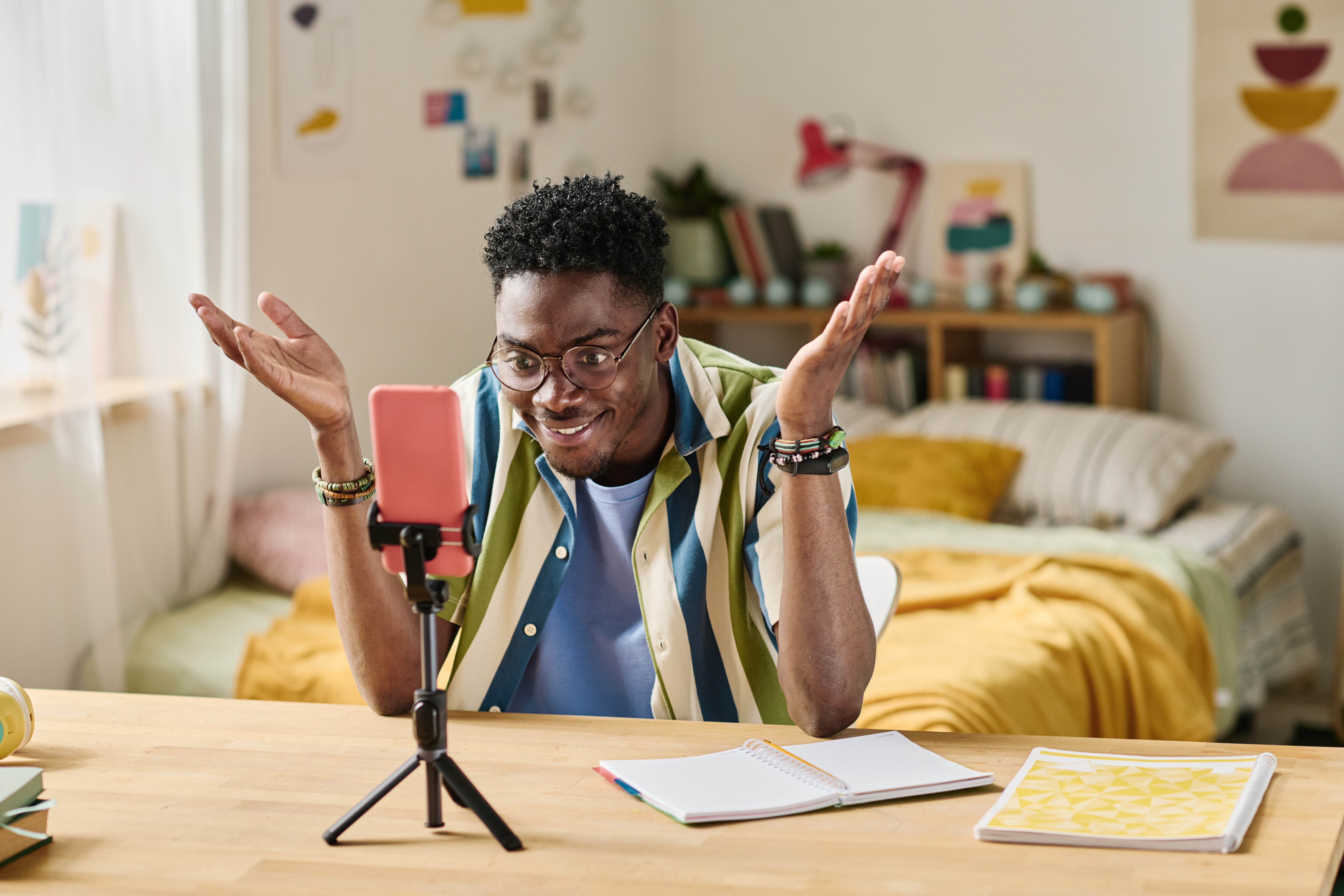In the latest episode of our #Kidtech podcast, Dylan Collins, CEO of SuperAwesome, sat down with Isaac Larian, CEO and Founder of MGA Entertainment, for a lively discussion about MGA Entertainment and the wider toy business in 2020, the effects of a changing digital landscape on physical play, and how he has managed to stay on top of trends and build a multi-billion dollar business.
In case you couldn’t tune in, we’ve rounded up our favorite quotes from the episode. Keep reading to learn more about Isaac’s views on the toy industry and how brands should adapt to the changing times.
“As a toy company who truly loves children…we owe it to them to protect them, to entertain them, to expand their imagination.”
While toys and physical play are still an important part of modern childhood for many families, today’s kids are also growing up with screens at their fingertips. Toy companies must strike the right balance between encouraging children to think and play creatively while providing exciting products that utilize smart technology. “Real toys, not what you see on a two inch screen,” says Isaac, “are what extends the imagination and the creativity of a child.”
But protecting children means more than just preserving their sense of imagination: the addition of technology also introduces complexities when it comes to children’s privacy. For example, an app that allows children to engage with their favorite plush toy in the virtual world might be an exciting concept, but the right protections must be in place to ensure kid-safety. This includes obtaining Verifiable Parental Consent (VPC), or parental approval to collect data to power personalized features within the app, in compliance with online privacy laws like COPPA and GDPR-K.
“In order to succeed in this business…one has to be able to change quickly with the times.”
Under-16 audiences are the most affected by the steady decline in traditional television viewing. But less time spent watching TV doesn’t mean that kids don’t enjoy consuming content – their viewing preferences have simply shifted. Instead of tuning in to television sets, young viewers are moving to digital and on-demand platforms.
“Today, the world has changed so much,” says Isaac. “We hardly do any TV advertising…We take that money and do digital marketing. Some of the things that we do with you are super awesome. It’s incredible when I look at the number of views and the effect.”
Further amplifying this trend, the effects of Covid-19 lockdowns have led to dramatic increases in screen time. When schools first closed and lockdown began in March, we found that the majority of kids under the age of 12 in both the US and UK spent more time on digital devices, with over half of kids in the United States demonstrating an increase of 50% in screen time overnight.
These shifts don’t necessarily indicate that television is an ineffective channel to reach under-16 audiences. However, brands must think beyond TV alone to make an impact; a diversified approach is critical.
“Kids are so smart. People don’t give them credit. They look for detail. They look for the innovation.”
Throughout our interview, Isaac discussed the growing popularity of unboxing content, revealing that MGA’s hit L.O.L. Surprise! doll was created as a result of the trend. Unboxing videos consist of creators opening up toys and other products to describe the experience for viewers; Isaac and MGA Entertainment set out to create the ultimate unboxing toy when developing the product. “Packaging is a key part of the whole play value,” says Isaac. “When a kid gets an item for Christmas or Hanukkah…some of the excitement to get that present is unboxing that package and the surprise of seeing what’s inside.”
The unboxing phenomenon is a further testament to the impact of rising device usage, in addition to the influence of popular social platforms on young audiences. 89% of parents with children ages 5 to 11 say their kids watch videos on YouTube, and 2 in 3 kids have bought or requested something that they saw in a creator video. Brands who take a page from MGA’s playbook and adapt to emerging trends are those who will thrive well into the future.
Are you interested in hearing more? Visit the link below to listen to the full episode, including Isaac’s predictions for the future of MGA Entertainment and his experience meeting with Steve Jobs.







